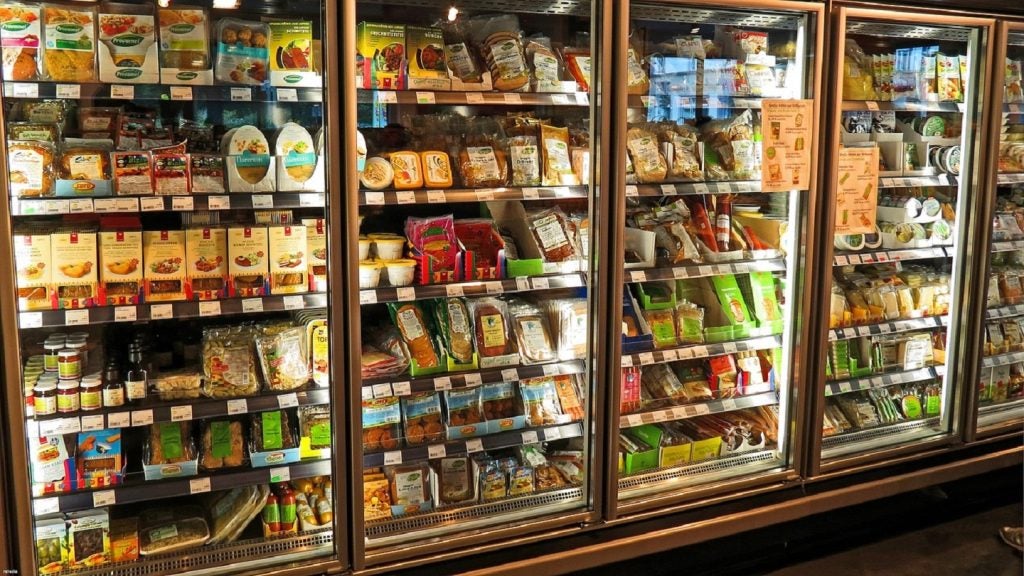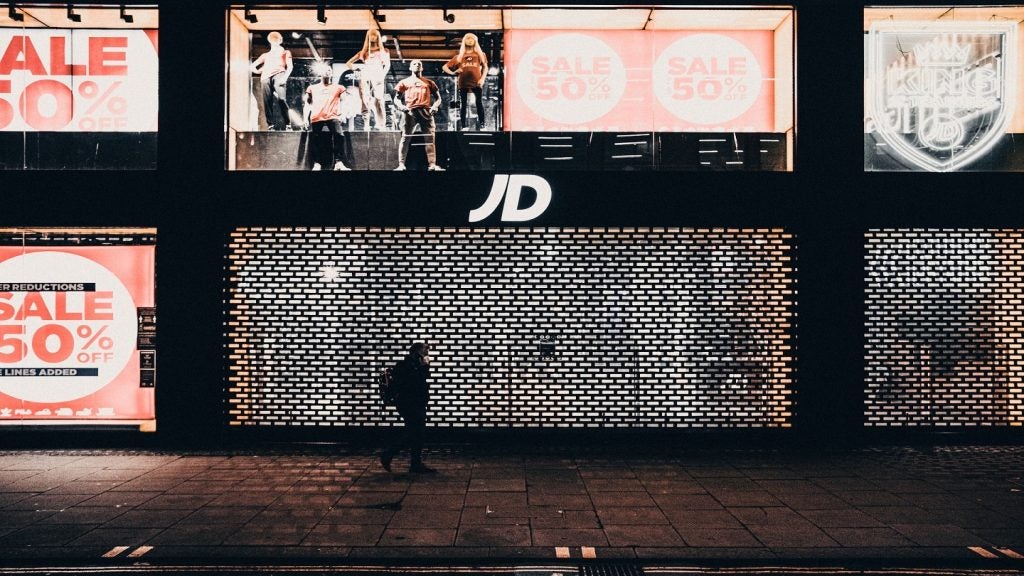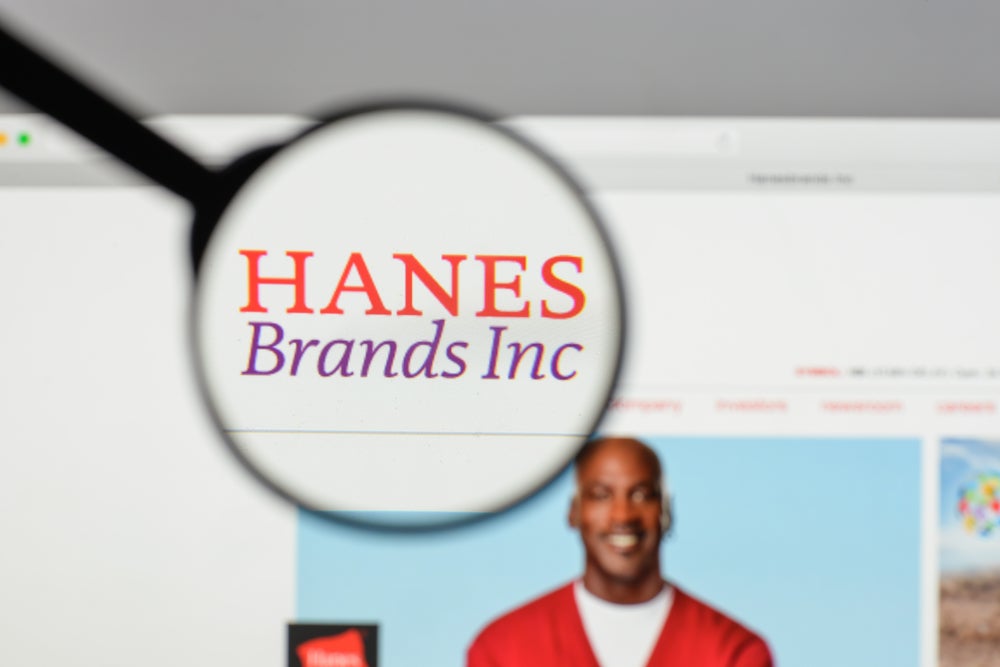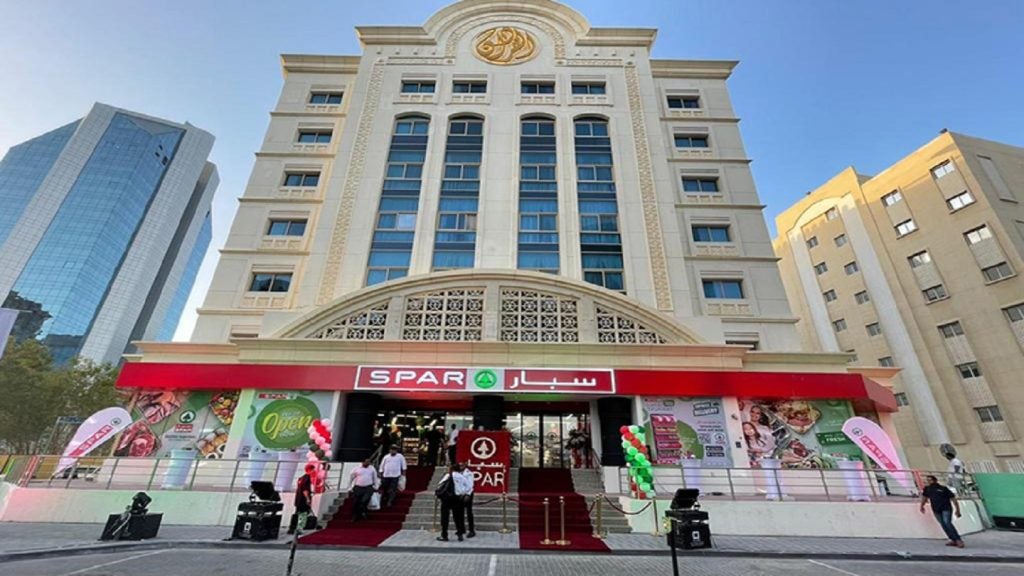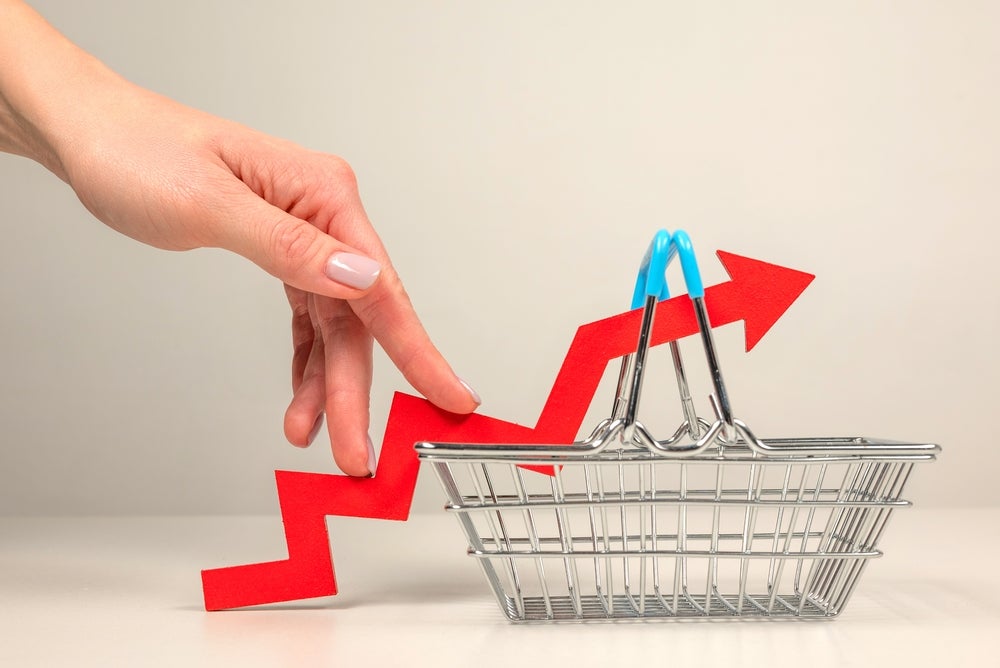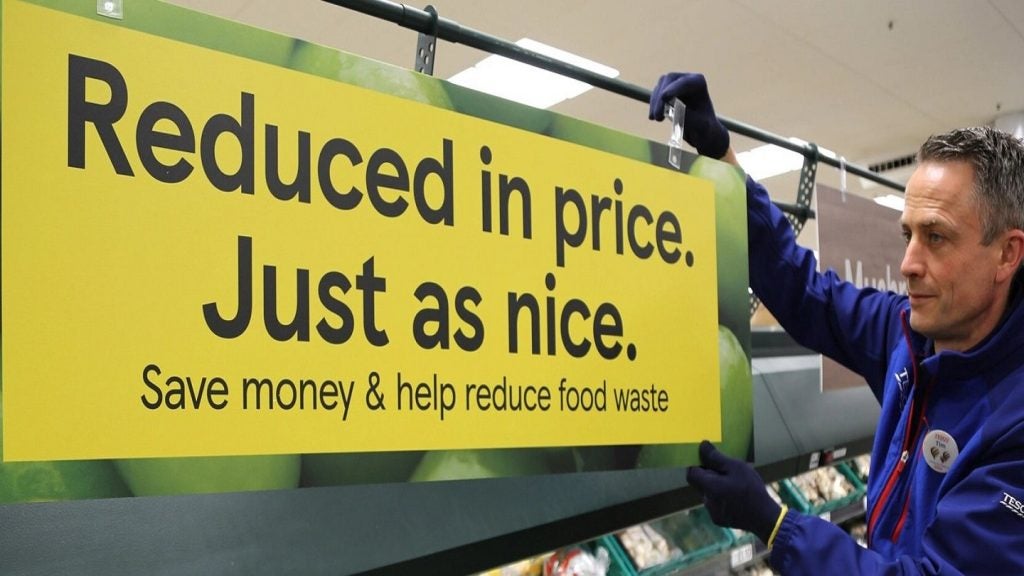A new online study commissioned by personal budgeting programme You Need a Budget (YNAB) has surveyed over 2000 US adults to get the figures behind the impulsive spending craze.
Nearly all (94%) of US consumers admit to spending impulsively, with purchases like dining out (55%) and clothing (53%) being among the most common sources.
Among impulsive spenders, 53% of them cited emotional fulfilment as the leading cause of their quickfire retail therapy.
This study on impulse buys comes on the heels of a social media trend known as "little treat culture" where people impulsively treat themselves for a quick boost of happiness. The term "little treat" has over 55 million views on TikTok.
This practice is exacerbated by shopping events such as Amazon’s Prime Day, which offers discounted products online and feeds into the ‘fear of missing out’ mindset, which is among the top three causes for impulsive spending (20%).
The holiday season also presents issues, as 68% of US consumers say they are more tempted to spend throughout the months of October to December.
Unsurprisingly, 55% of the surveyed consumers use credit cards to pay for their impulsive purchases, while 64% regret these purchases. GlobalData finds that the phenomenon of ultra-low interest rates has seen the growth of alternative credit suppliers such as buy now, pay later providers, which are key enablers for impulsive spending.
However, for many, impulse buying has a sneaky way of adding up. It is shown to delay big financial goals for more than half of impulsive spenders (52%) and sometimes causes financial stress for 47%.
Almost 56% of US consumers are using a form of budget or spending plan, but 51% have accrued debt over the past year due to impulsive spending.




